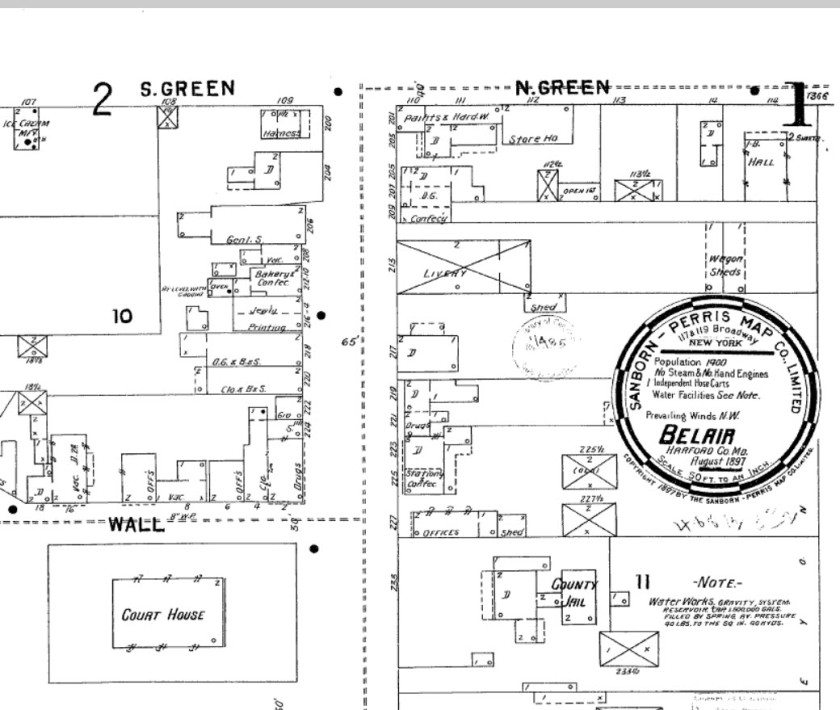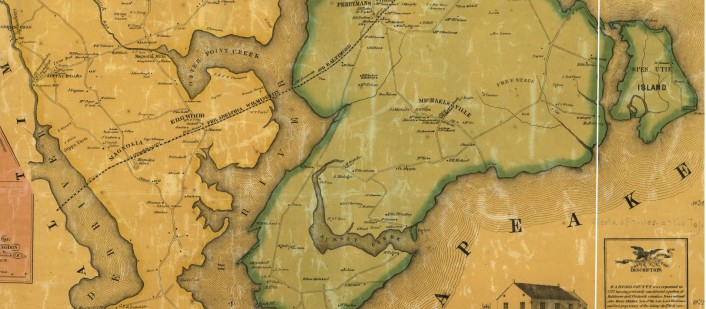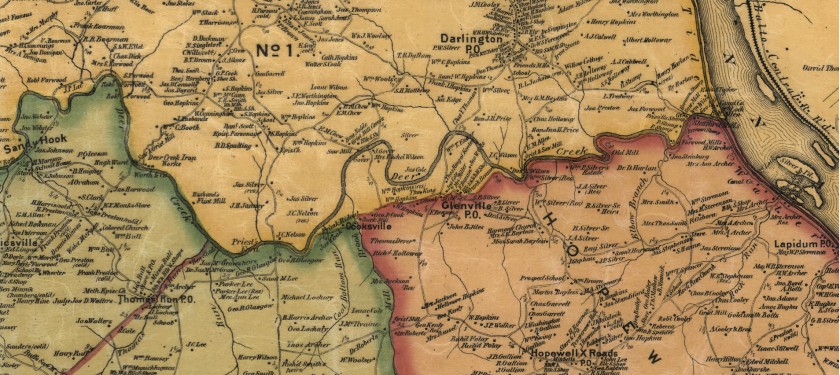
There are significant online resources to help scholars and the public locate and use video and audio recordings of broadcasts, and we are seeing some great advances in this area. One of those involves the Internet Archive, a source of web-based content since the late 1990s. Beginning with printed matter and websites, the aggregator and digitizer quickly added audio and moving images to the initial holdings.
Now this virtual repository has taken another leap forward as it added television news from 20 different channels. By collecting and preserving broadcasts, the Archive gives researchers easy access to network and local programs produced over the past 3 years. Twenty-four hours after an airing, the latest show is added to the files. But “The plan is to go back year by year, and slowly add news video going back to the start of television,” the New York Times reports.
This collection was inspired by Vanderbilt University’s Television News Archive, an earlier project to preserve and provide access to the news broadcasts from the national television networks. Vanderbilt creates recording of news broadcasts and preserves the content for future generations while providing the widest access possible within the copyright limits. This repository has recordings back to August 5, 1968. Its core consist of regularly scheduled newscasts from ABC, CBS, NBC, CNN, and Fox News.
The Library of Congress is working to rescue shows shot on fragile videotape, the Washington Post Reports. At the National Audio-Visual Conservation Center technicians are converting old videotapes, from the 1950s through the 1970s, into digital files. The tapes with delicate coatings are in outdated formats, and programs were often erased as producers “were slow to realize that the initial records might have value in the distant future.”

http://www.oldwilmington.net/oldwilmington/radio-tv.htm
Also the University of Baltimore’s Langsdale Library has the WMAR Collection, a source for news broadcasts from Maryland’s first television station. The film and videotapes comprise broadcasts from 1948 to 1987.
And here is a link to the NBCUniversal Archive.
These resources are going to be valuable as scholars and the public may easily access and leverage largely untapped broadcast records to peer into and reconstruct the past.

 I recently talked about the h
I recently talked about the h


